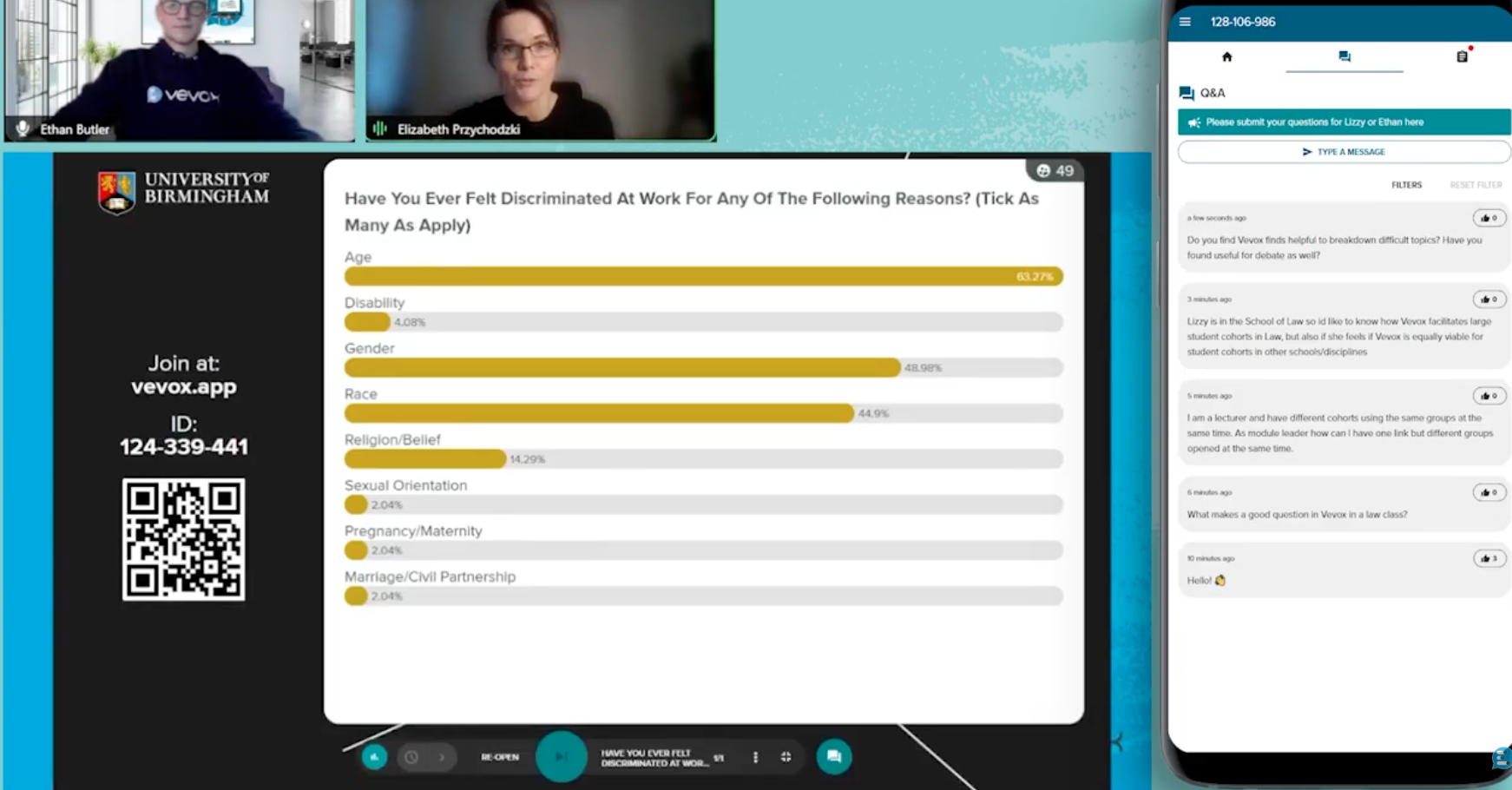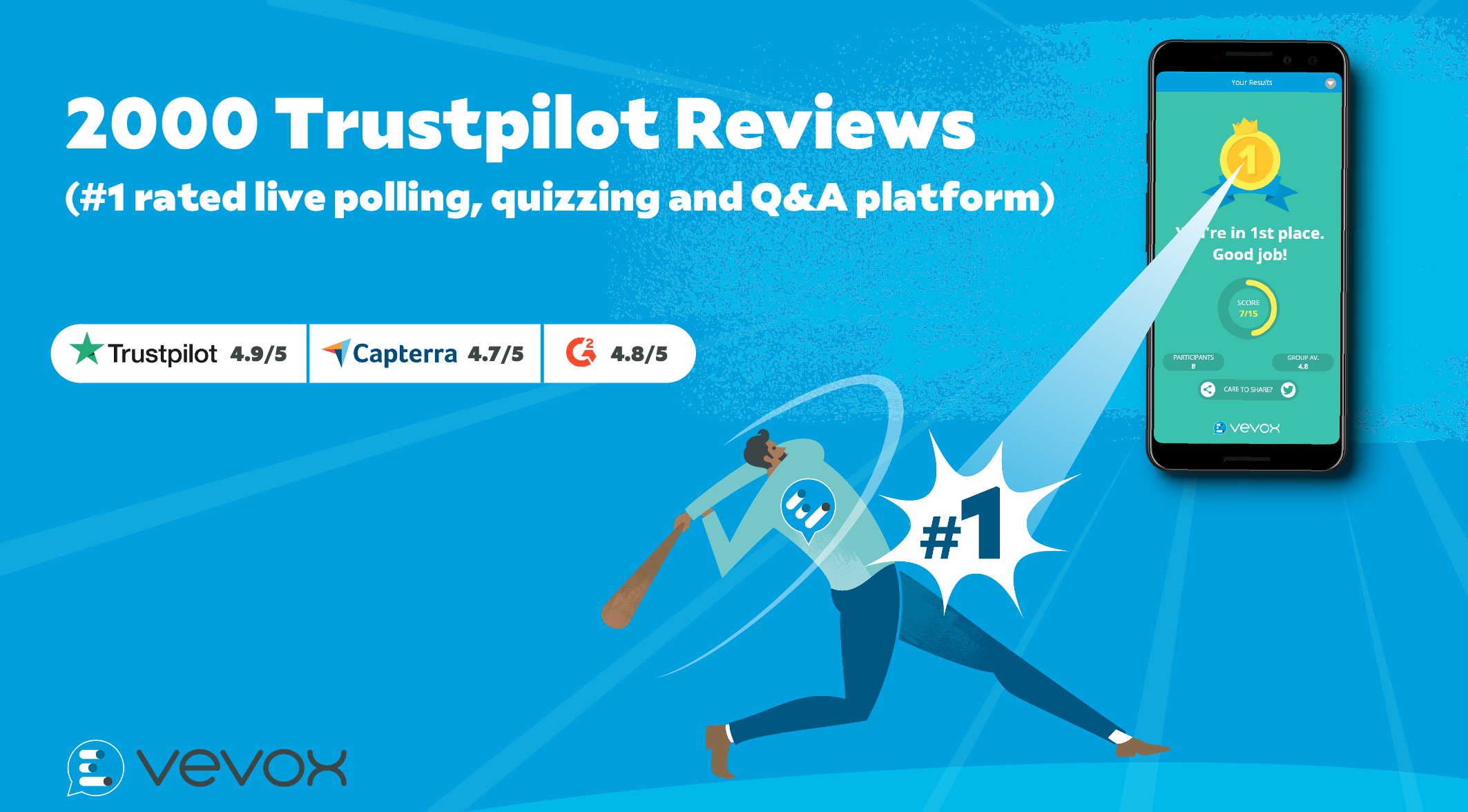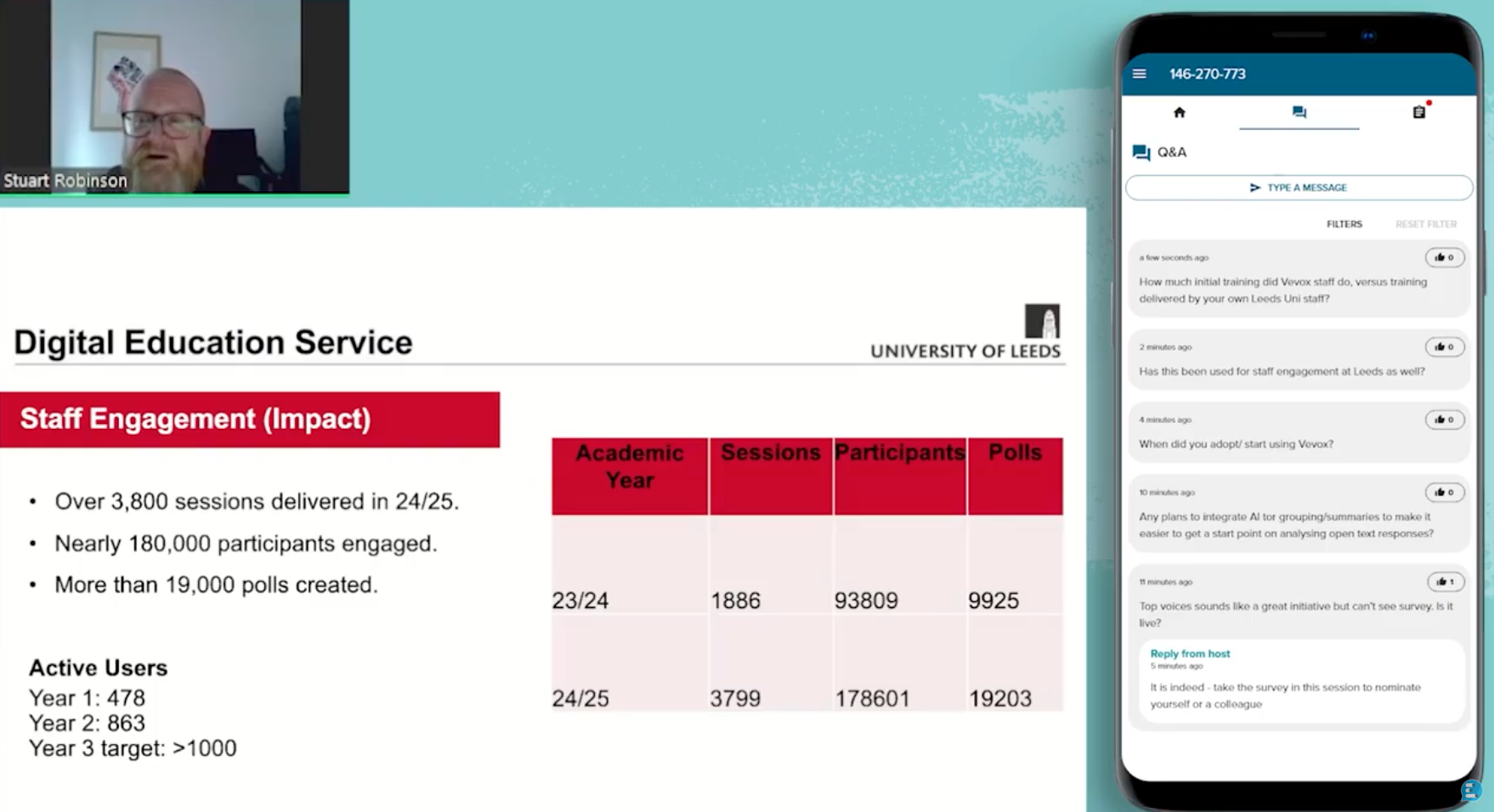Employee engagement is important to any organization as it ultimately impacts workforce productivity, morale and your company’s bottom line. However, for many organizations employee engagement is still cited as being a major barrier to productivity as “only 15% of employees worldwide are engaged at work” according to research company Gallup.
Gallup states that there are many reasons why so many companies struggle with employee engagement, but one of the main reasons is the unwillingness to adapt to rapid change and to introduce new ways to improve their current employee procedures or meet the needs of their workforce.
Keeping your workforce engaged can be problematic especially if they work remotely, or across multiple office locations and different time zones. In this article, we share 2 key areas that will help in understanding and mastering relevancy to improve employee engagement when working with a dispersed global workforce.
1. Geographical locations
Many organizations that have offices in different locations often turn to video conferencing technology (e.g. GoToWebinar) to broadcast a meeting globally to all locations. This means that employees do not have to travel, it saves on time and cost and virtual attendance is straightforward for attendees.
A main consideration when choosing to broadcast a meeting is choosing the best time to host it and how this might affect your regional offices. Choosing a time that is convenient to the majority of your workforce simply makes the most sense. For those that can’t attend consider sending out a recording to allow them to keep up to date and feel included. If the topic and resources allow, perhaps consider running two meetings in the day at different times allowing people to choose the session that best suits their time zone or working hours.
A note of caution: One-way presentations via live video broadcasts can be tedious for the participants and make it hard for the speakers/hosts of the meeting to gauge employee reactions or even have awareness of who is joining in remotely. Using a communication platform alongside your video broadcast makes your meeting more inclusive to all employees as it becomes a two-way interactive discussion. This not only gives your employees an opportunity to ask questions or give feedback, but it allows you to understand your workforce better. With a tool like Vevox you could run a simple icebreaker and poll your audience to gauge the volume of people watching the broadcast, which country they are from or what department they work for within the organisation.
Employee Feedback
Before embarking upon a communication exercise, meeting or designing a communication strategy, it’s important to consider what outcome, action or response you need to help you focus on the questions that you need to ask. Perhaps some questions are only relevant to a certain cross section of your employees. For example, there is little sense asking Joanne in the finance team what she thinks about which channels the marketing team should focus on next quarter as she will most likely not know the context or may not even have an opinion on it. If you’re talking about marketing budget, then that’s a different story! Everyone’s time is precious, so use it wisely.
Bear in mind that if you have different departments included in your meeting that they will have different skillsets and experience, and this might affect their understanding of the topic at hand. A brief overview given by the meeting host will help attendees to understand what is being discussed and why they are in attendance at the meeting.
Using an employee feedback tool like Vevox allows you to measure understanding especially in mid-large meetings. By running polls and downloading the report, you can segment this data by country or department to get an overview of who understands what and how this may have changed over the course of the meeting. You can also use this data to compare results with any future meetings to measure any fluctuation in opinion or feedback.
Want to improve employee engagement with your dispersed workforce? Then sign up to Vevox for free and try it for yourself.





